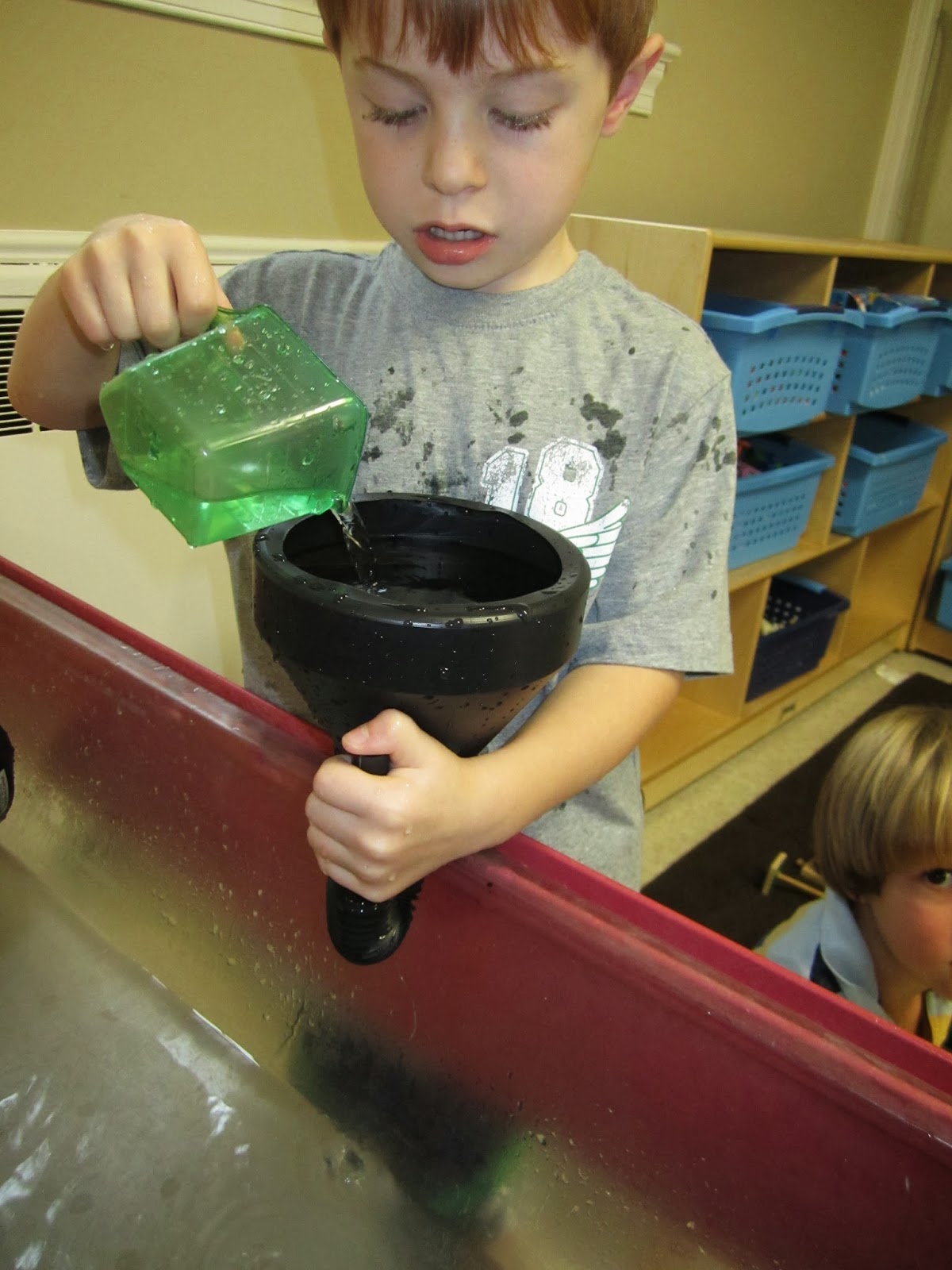• build understanding of the nature of quality science teaching and learning;
• promote public understanding of the importance of inquiry-based science curriculum and appropriate content and an awareness of what young children are capable of doing and learning;
• provide opportunities for the exchange of effective strategies and quality materials for teaching science;
• identify and provide resources to AEYC Affiliates when they want to plan science-related professional development opportunities or other science-related events;
• support efforts to expand professional development opportunities for teachers and administrators; and
• establish and maintain a collaborative relationship with other professional organizations with similar goals, such as the National Science Teachers Association, the Council for Elementary Science Education, and the Association of Constructivist Teaching.
The 2016 NAEYC annual conference will be a great place to find sessions on science and engineering education. ECSIF members will be involved in these sessions:
11/2/2016 8:30 AM - 11:30 AM Room 515B Los Angeles
Convention Center
Beth Van Meeteren--Ramps and Pathways: A fun integration of
science, technology, engineering, and mathematics
11/2/2016 12:30 PM - 3:30 PM Room 515A Los Angeles
Convention Center
Cindy Hoisington-- Let's talk about it: Science as a vehicle
for promoting English language learning for dual language learners
11/3/2016 3:00 PM - 4:30 PM, Platinum Ballroom FG, JW Marriott
Peggy Ashbrook, Marie Faust Evitt, Sandy Chilton--Picture science in your classroom: Deepen those fun
explorations by connecting with the new standards
11/4/2016 10:00 AM - 11:30 AM Diamond Ballroom 1/2, JW
Marriott
Zvia Dover, Peggy
Ashbrook, Marcia Nell, Deborah Schein-- Science play and spirituality:
Children’s deep engagement and learning
ECSIF annual
meeting: OPEN TO ALL, November 4th from 11:45 am to 12:45 pm, Atrium 1, JW Marriott. Come discuss your challenges and successes, share resources and investigate with like-minded early childhood educators.
11/5/2016 9:45 AM - 11:15 AM Room 515A, Los Angeles
Convention Center
Sonia Yoshizawa, Rebecca Isbell--"My brain is full of
ideas!" Unleashing young children's creative thinking in an exciting
learning environment
Interest forums are open to all NAEYC members and the ECSIF values conversations with ALL--hope you will join us!




.jpg)





